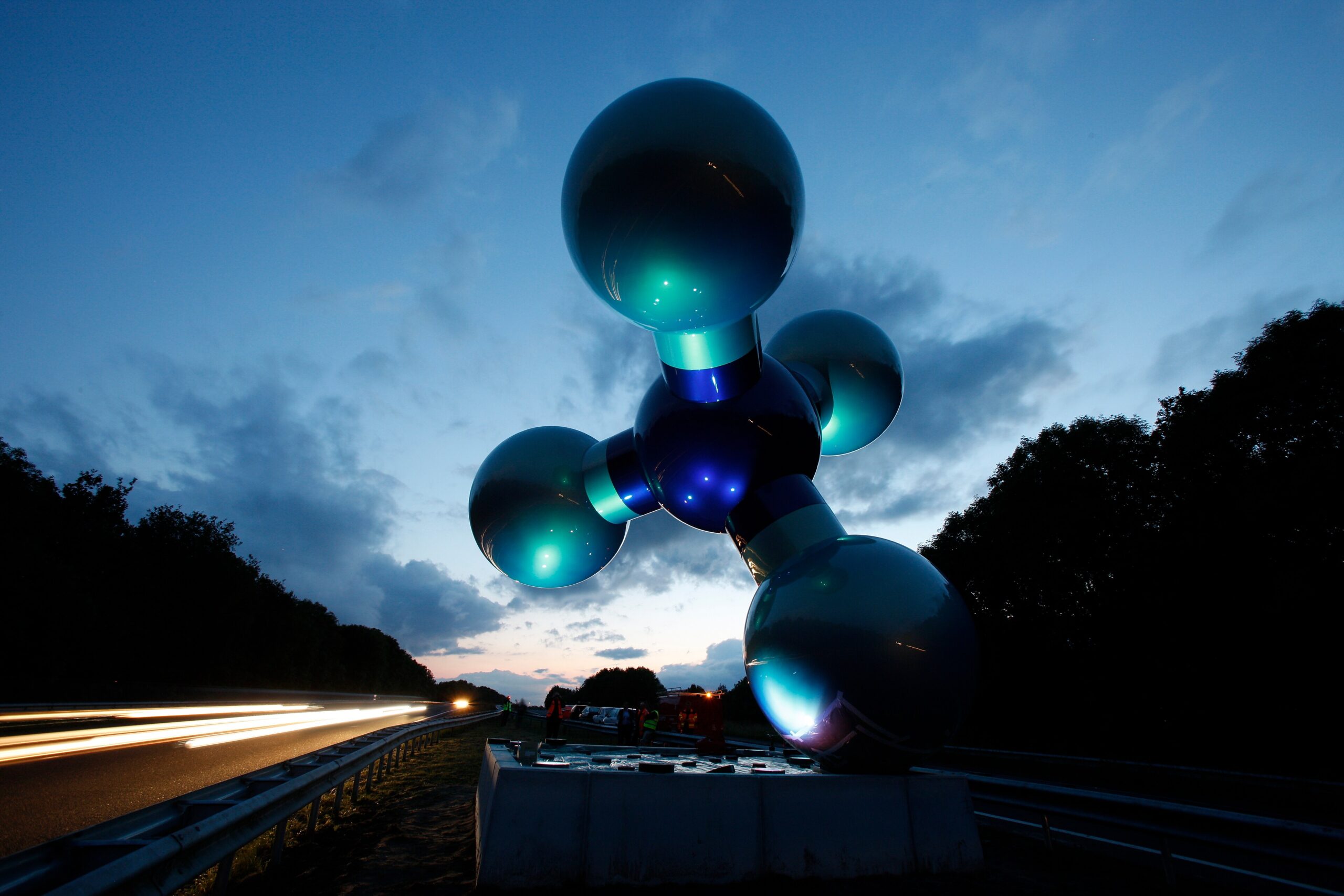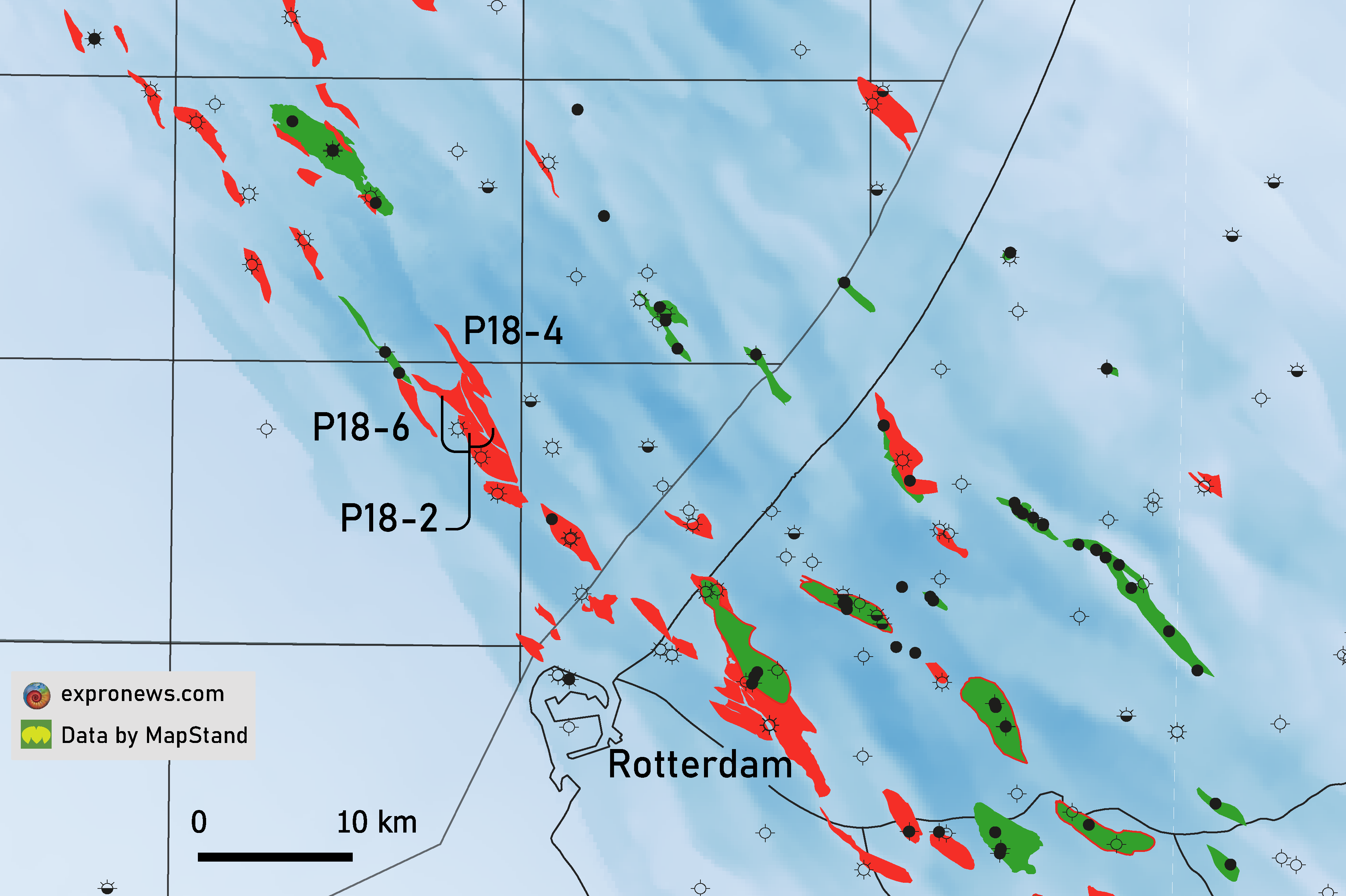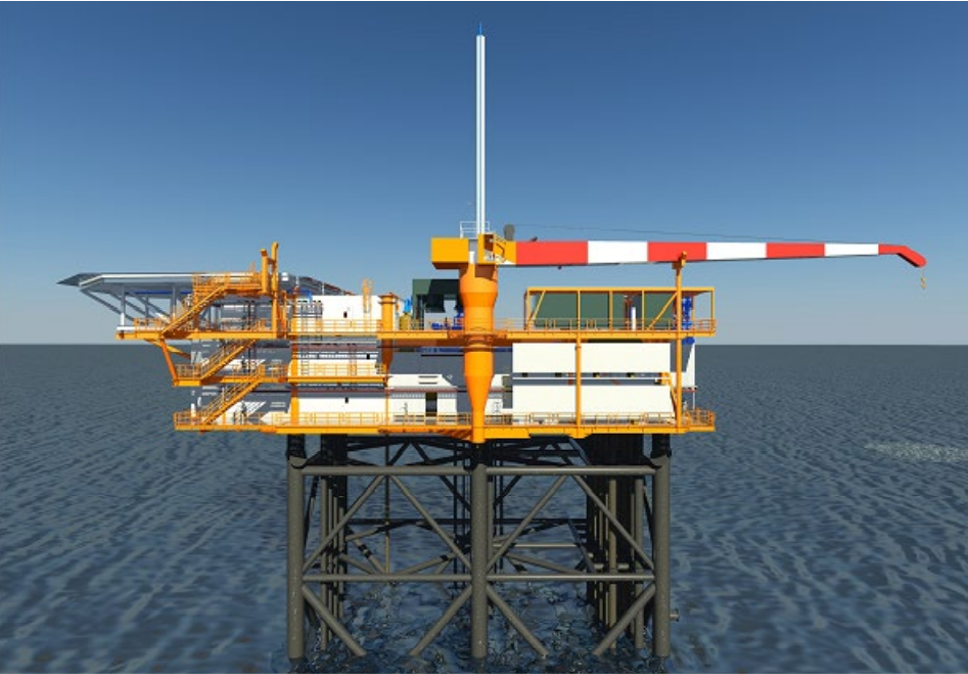The creaming curve for the Dutch sector is fairly creamed, but maybe even more so when looking at the Rotliegend play in particular.
Having been the exploration target for many years, straight after the giant Groningen field was discovered in 1959, it is no surprise that more recent exploration drilling in the Dutch sector has therefore focused on more niche plays such as shallow gas, the Carboniferous, the Jurassic and the basal Rotliegend play.
But now, ONE-Dyas is probably close to hitting what looks like a more traditional Rotliegend target within the cluster of fields already producing from this Upper Permian reservoir.
Clover prospect
The L11-15 well aims to test the so-called Clover prospect to the southeast of the Gillian field. As the above map indicates, the top of the Rotliegend is at around 3,280 m in the area where the well is being drilled, which is significantly shallower than in Gillian further to the northwest where the top Rotliegend is at 3,660 m.
The well is on trend with the L12A-B field towards the southeast, where the top Rotliegend is found at 3,210, so only slightly shallower than L11-15.
The size of the prospect is unknown, but if Gillian could be used as an analogue, it may be expected that around 2 Bcm of in place gas could be found.
Fault sealing
The discovery of Gillian is an interesting story in its own. Whilst the fault block had been known for more than 40 years, it remained undrilled until 2015 when ONE-Dyas decided to test it from the L11B-A platform further to the northwest.
The dry well L11-05, that was drilled in 1978 in an updip position with respect to Gillian, required the fault separating the two area to be sealing, which was perceived as a risk. However, the discovery well found gas at virgin pressure and has produced 330 million cubic metres so far. Given that the reserves were estimated to be between 125 and 466 million cubic metres, the field is performing well by the looks of it.
Let’s now see how Clover comes in.
HENK KOMBRINK





